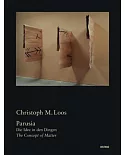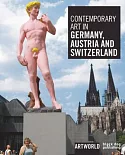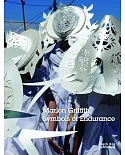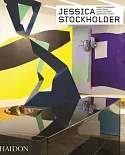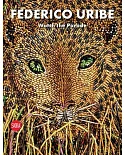This stimulating book offers an exciting new approach to the twin themes of the arts of the Roman Empire and the rise of Christian art. Beginning in the second century, with its rich revival of
ancient learning and artistic practices, and ending in the fifth with Christian narrative and liturgical cycles and the pilgrimage arts, this book explores the art of the Roman Empire by
tackling two inter-related periods of internal transformation: the 'Second Sophistic' (c. ad 100-300), and the era of late antiquity (c. ad 250-450). For the first time, these two themes are
treated together, throwing a more penetrating light on the radical change undergone by the empire in becoming a Christian imperium. Vases, murals, statues, and masonry are explored in relation
to such issues as power, death, society, acculturation, and religion. By examining questions of reception, viewing, and the culture of spectacle alongside the more traditional art-historical
themes of imperial patronage and stylistic change, Elsner presents a fresh and challenging account of a rich cultural crucible in which many developments of later European art had their
origins.


